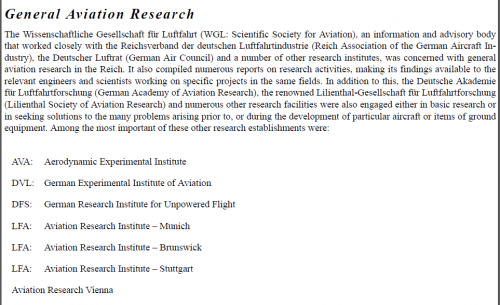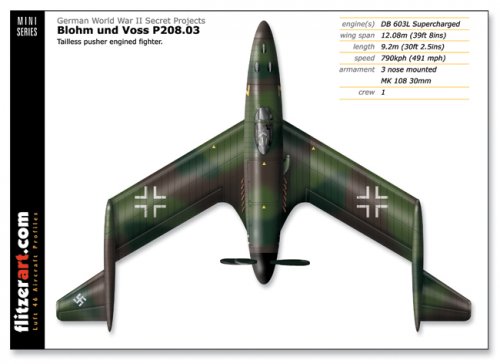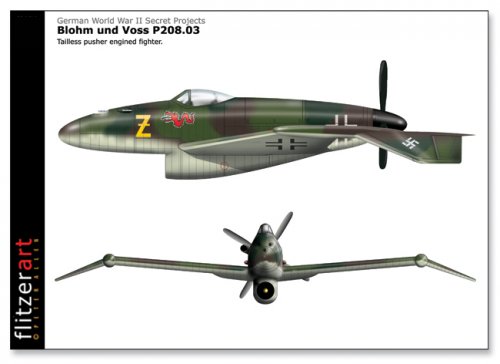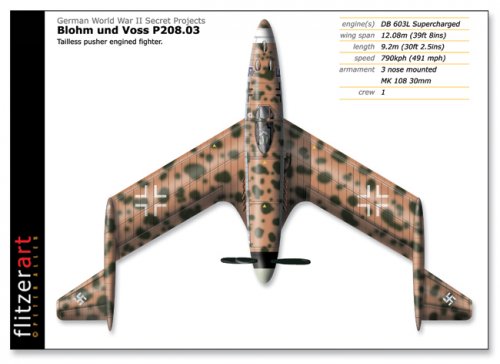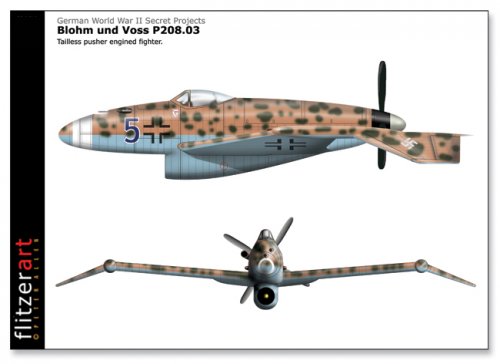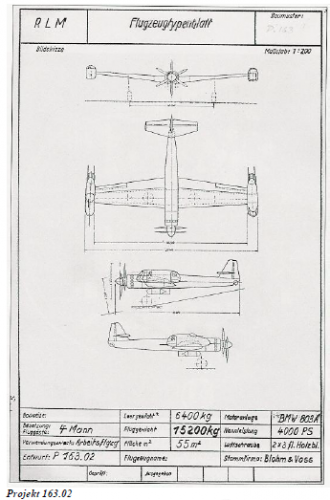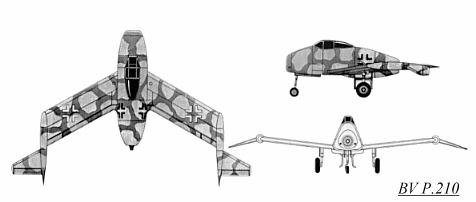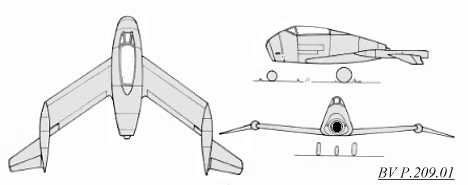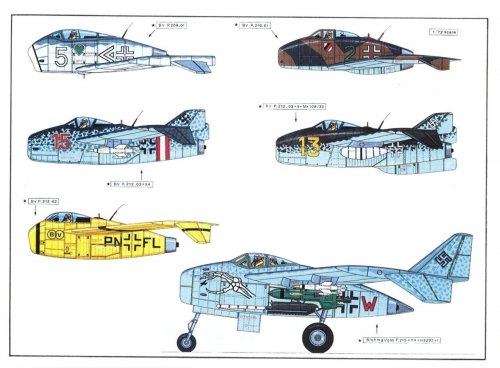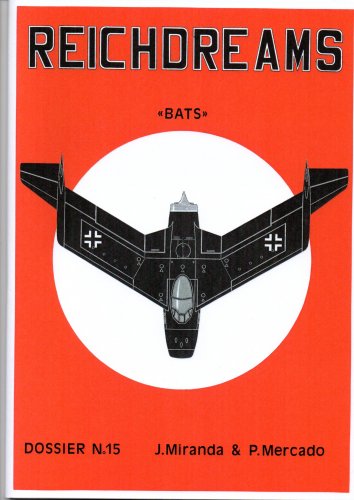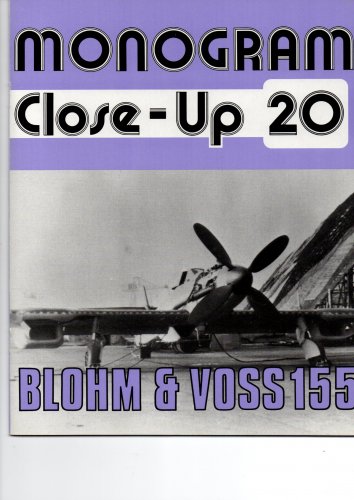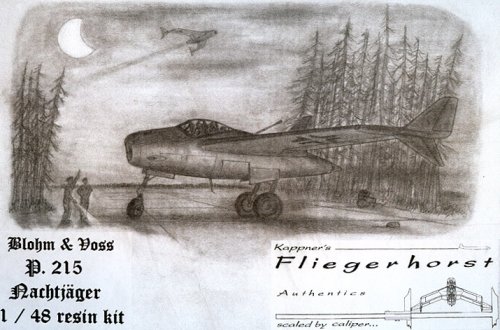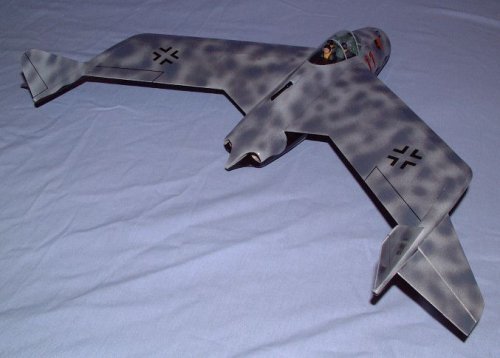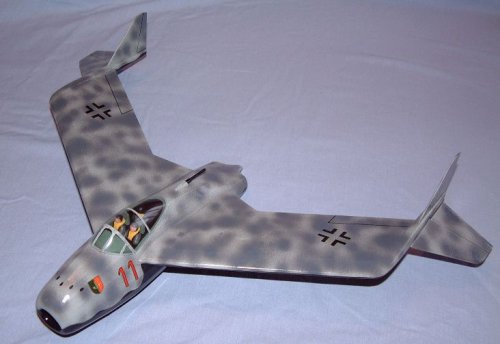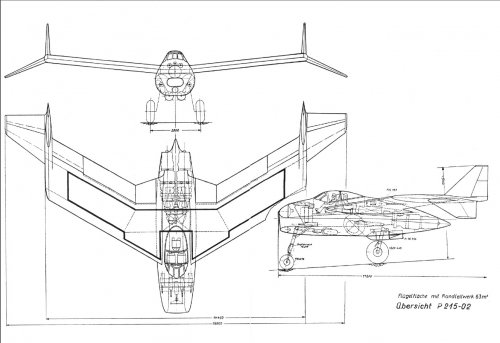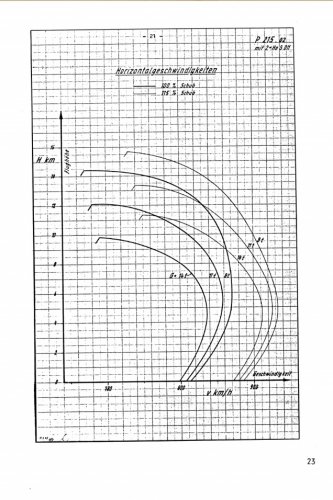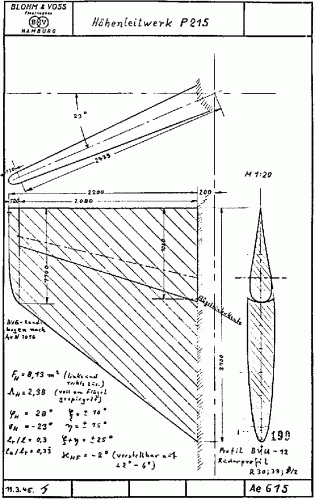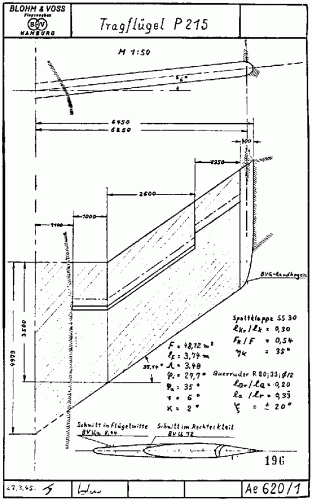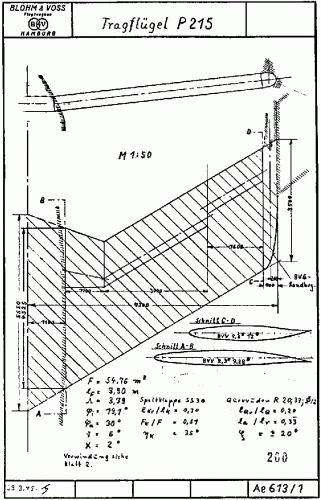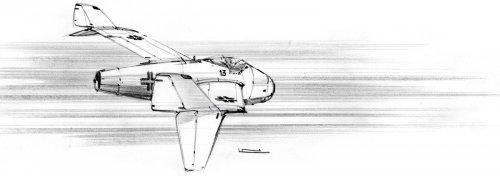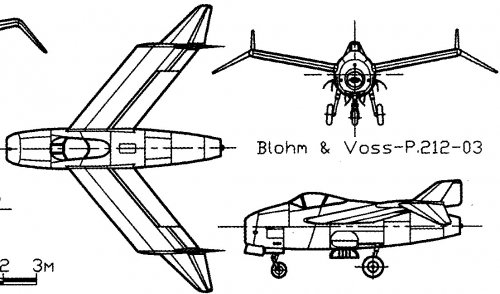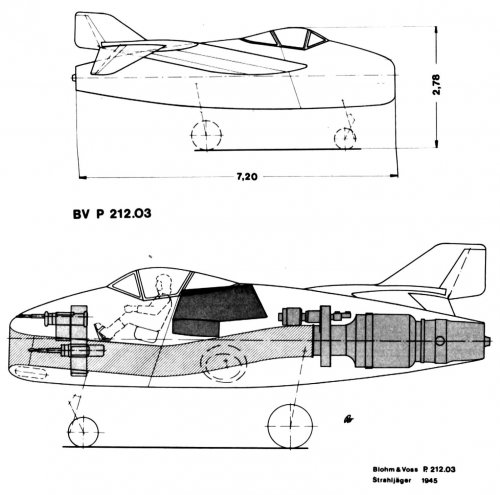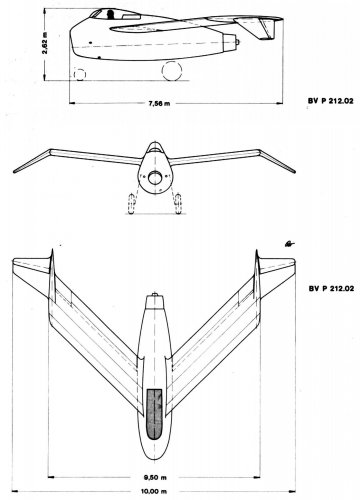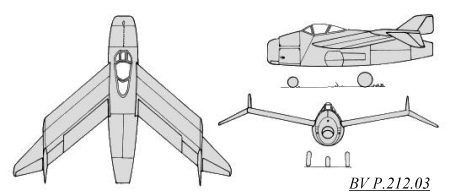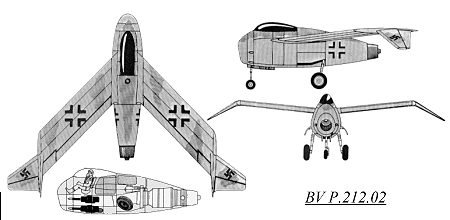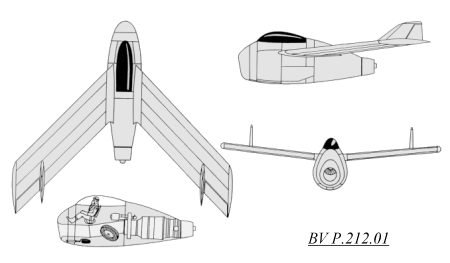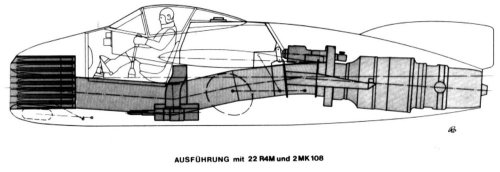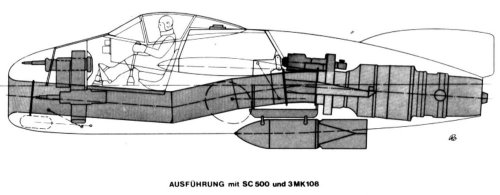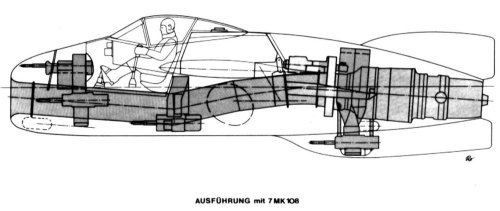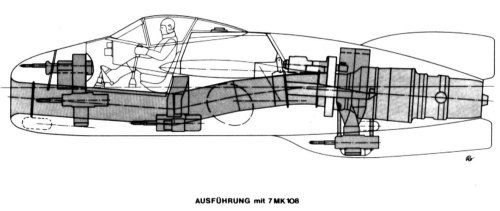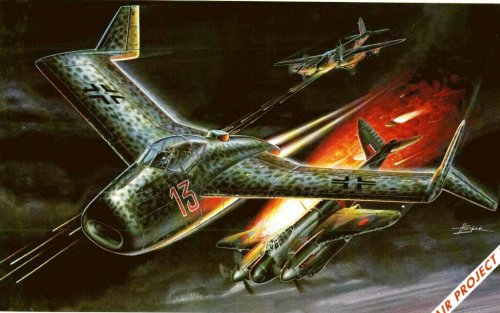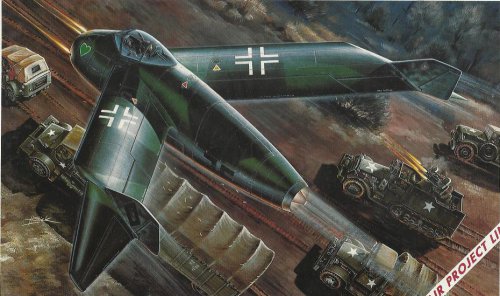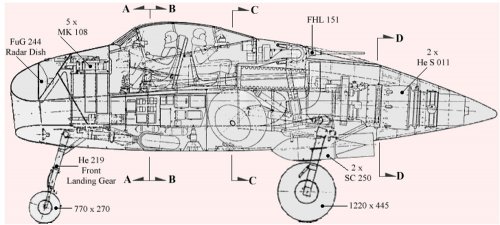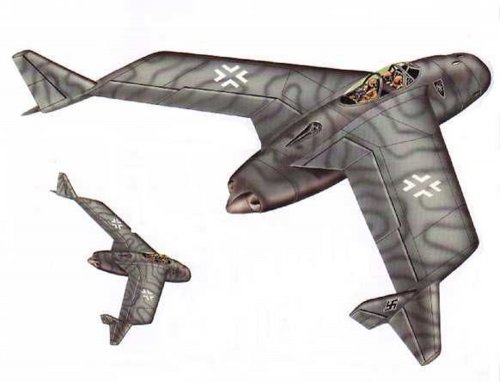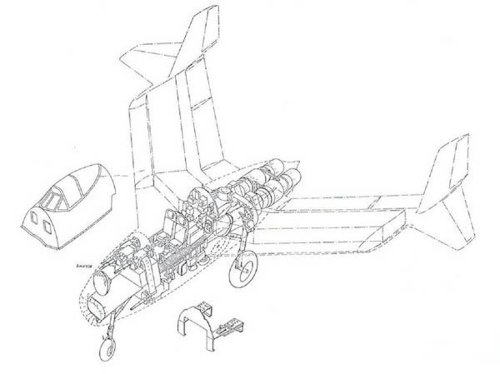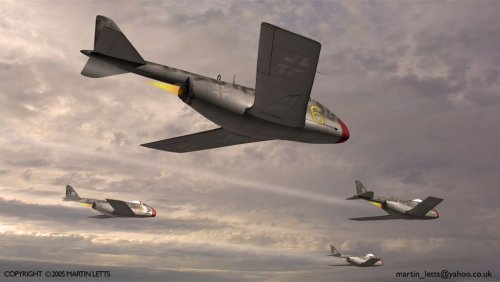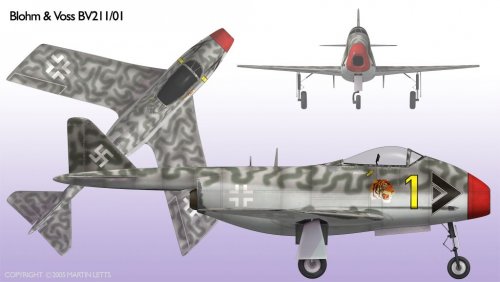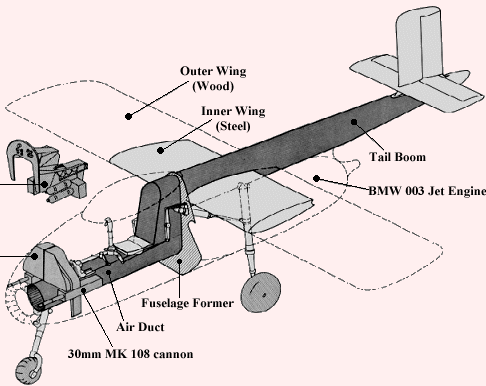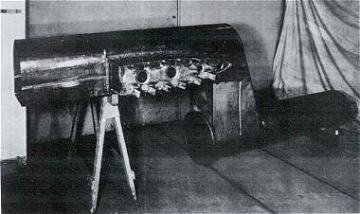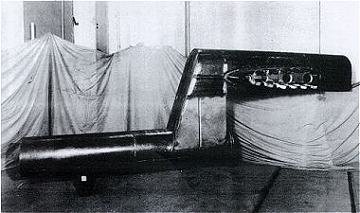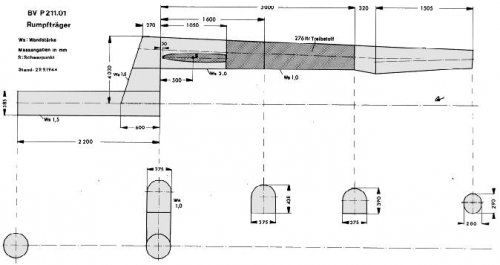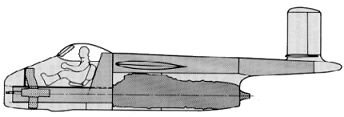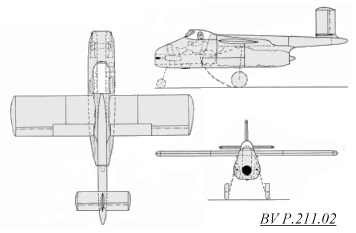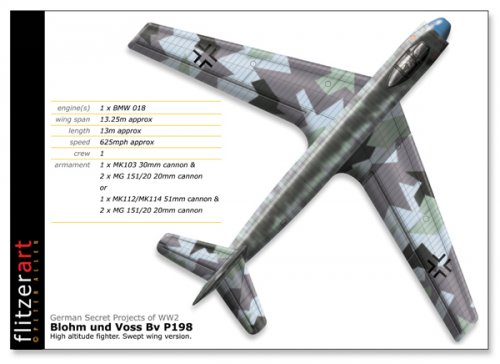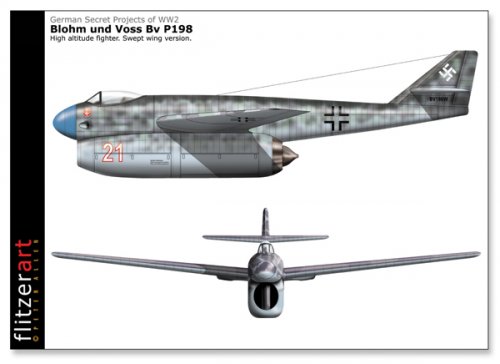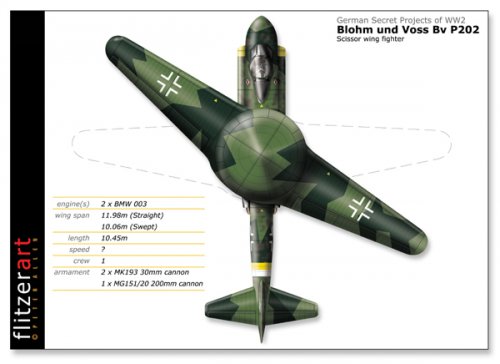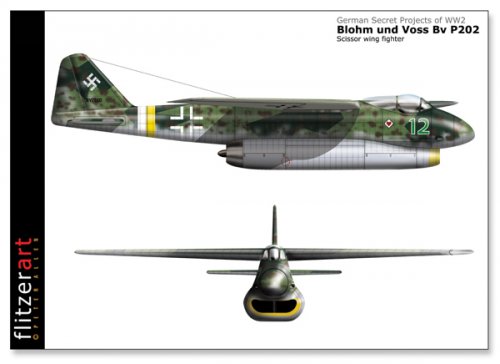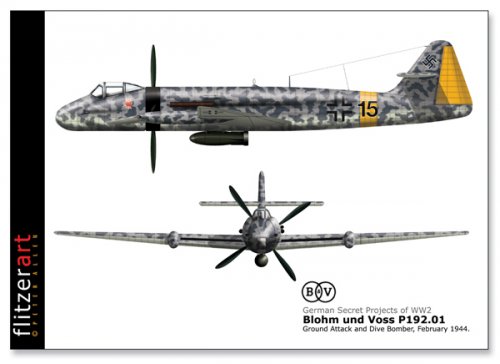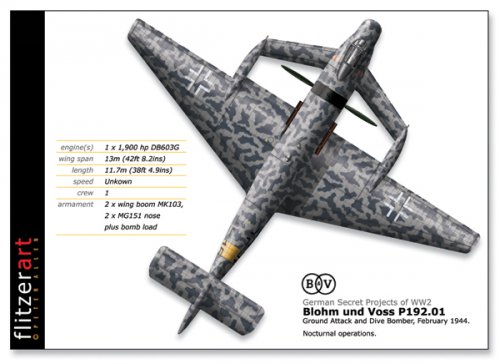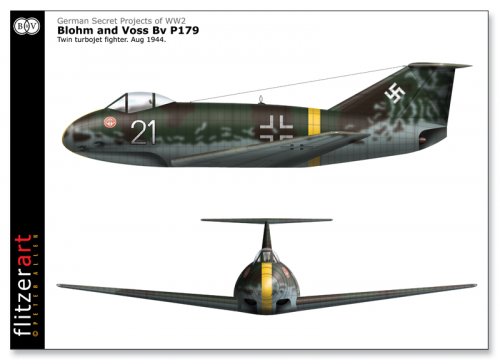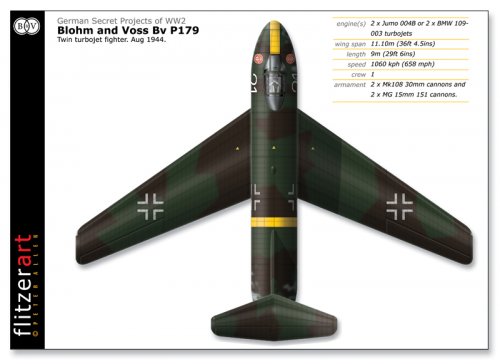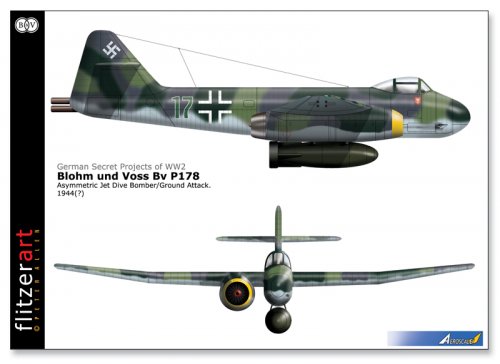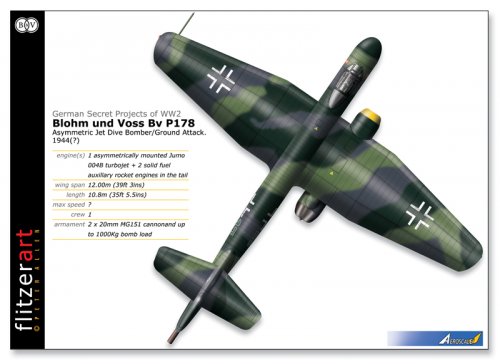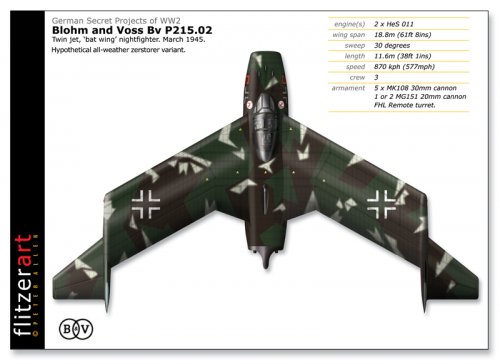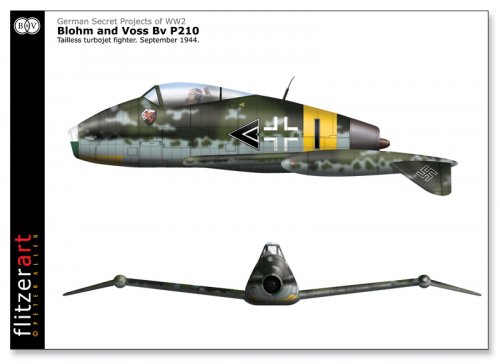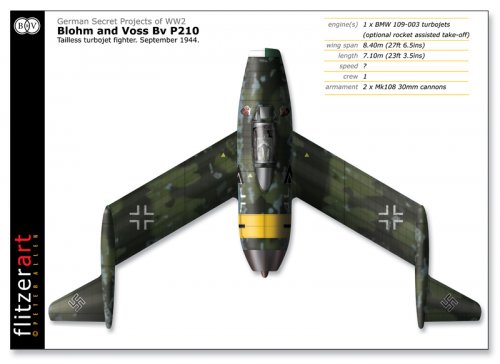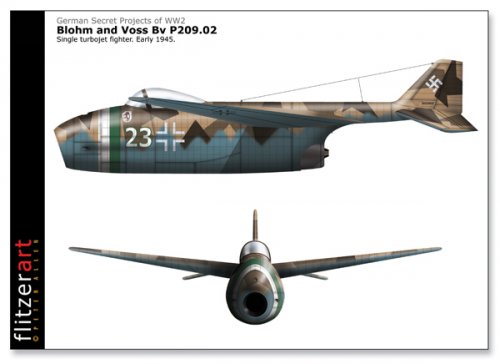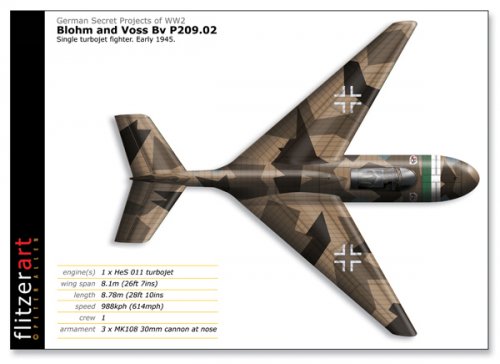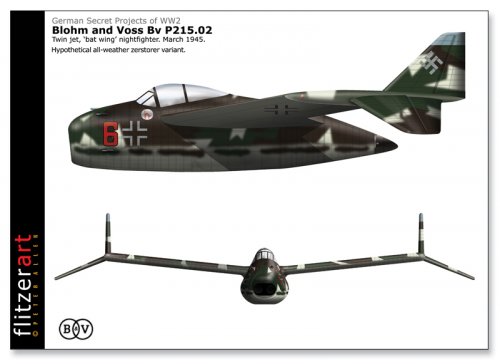All the projects mentioned above are brainchilds of B & V's chief engineer Dr. Richard Vogt (also see wikipedia: Dr. Richard Vogt, aircraft designer), apart from the BV-155 which was originally a Messerschmitt design but was given to B & V because of work overload where it was revised by Vogt. Vogt was a real pioneer regarding new aerodynamic concepts and one can highly recommend to read his memoirs (Weltumspannende Memoiren eines Flugzeugkonstrukteurs [Global memoirs of an aircraft designer]) where he describes his ideas behind the concepts.
The variable incidence wing was originally conceived by him for his flying boats so that the fuselage would have the correct position to the water surface during landing independent of the angle of approach of the wing. This is critical because the touch down of the tail in the water could generate a momentum to cause the aircraft nose to dive into the water during landing. The implementation of the variable incidence wing was facilitated by the typical wing construction method of Vogt - using one strong hollow steel spar for the wing which was at the same time the axle of rotation for the wing. The usage of a strong backbone steel spar was also used by him for fuselage construction for all of his late-war fighter and ground attack projects. You can see this on the P 211 and P 213 where the rear part of fuselage simply consists of a tapered steel spar which also houses the fuel; this spar is extended to the aircraft nose in form of a gibbet which forms the air intake for the jet engine / pulse engine. Even the P 215 was constructed in that way although it is less obvious.
Jemiba, I also always wondered how the "Geradbahnschuss" was to be used on the P 215; I do not know of any other German project where it is mentioned. It was not intended to replace the "Schräge Musik" because this was installed additionally at the same time (I have a copy of the original P 215 presentation for the RLM). The P 215 was to use the latest electronic gear in radar search and aiming devices (it had a large search scanner above the intake and a smaller aiming scanner below and even the infrared FUG 280 scanner) and I am rather sure the angle for the weapons would have been changed automatically according to the distance and relative speed between the P 215 and the target.
The variable incidence wing was originally conceived by him for his flying boats so that the fuselage would have the correct position to the water surface during landing independent of the angle of approach of the wing. This is critical because the touch down of the tail in the water could generate a momentum to cause the aircraft nose to dive into the water during landing. The implementation of the variable incidence wing was facilitated by the typical wing construction method of Vogt - using one strong hollow steel spar for the wing which was at the same time the axle of rotation for the wing. The usage of a strong backbone steel spar was also used by him for fuselage construction for all of his late-war fighter and ground attack projects. You can see this on the P 211 and P 213 where the rear part of fuselage simply consists of a tapered steel spar which also houses the fuel; this spar is extended to the aircraft nose in form of a gibbet which forms the air intake for the jet engine / pulse engine. Even the P 215 was constructed in that way although it is less obvious.
Jemiba, I also always wondered how the "Geradbahnschuss" was to be used on the P 215; I do not know of any other German project where it is mentioned. It was not intended to replace the "Schräge Musik" because this was installed additionally at the same time (I have a copy of the original P 215 presentation for the RLM). The P 215 was to use the latest electronic gear in radar search and aiming devices (it had a large search scanner above the intake and a smaller aiming scanner below and even the infrared FUG 280 scanner) and I am rather sure the angle for the weapons would have been changed automatically according to the distance and relative speed between the P 215 and the target.

